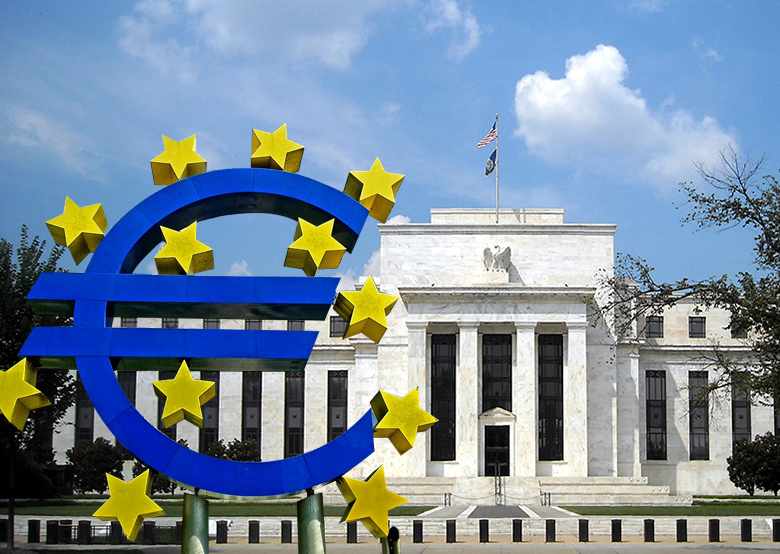Since 2012, FX sensitivity to policy viz. a viz. interest rate expectations divergence has made it extremely tough for central bankers to conduct monetary policies.
- BOJ QQE - In 2012, Bank of launched its massive quantitative easing that pushed Yen to multiyear low against Dollar, one of the first major sign of policy divergence's impact on currency. Bank of Japan's (BOJ) QE program will eventually lead to tensions in Asia, with more countries looking to influence currency to have competitive advantage.
- Taper tantrum - For the first time it was most visible, during 2013 taper tantrum. Then FED chair Ben Bernanke, who has been key engineer of quantitative easing back in 2009 mentioned that FED might cut back its asset purchase. Hell got loose, despite his assurance that rates will kept at low for long even asset purchase wind up, market took a very strong view on policy divergence leading emerging market turmoil.
- BOE hike bets - In 2013, market had expected, New Bank of England (BOE) governor Mark Carney to be dovish, only to get disappointed. Opposite view that BOE might increase rates as UK economy was growing fast again led to policy divergence expectations and Pound to rise 2300 points against Dollar, in a matter of year.
- Obama Dollar rally - As FED approached end of it QE wind up, market pushed Dollar higher in expectations of hikes to be next from FED. Dollar reached record level since previous Dollar rally that ended in 2000/2001.
- ECB joined in - ECB in late 2014, indicated asset purchase program introduction, though it was already reducing rates. Further expectations of policy divergence pushed Euro to lowest in more than a decade against Dollar.
The above figure shows Euro's sensitivity to interest rate divergence between FED and ECB. Sensitivity since 2008 crisis has been particularly high as central banks introduced globally more than $25 trillion in asset purchase.
In all the above cases currencies movement, finally led to set back in policy setting by central banks.
During Taper tantrum, FED had to cut back on its original expectation of winding path as emerging market weakness led to slowdown in global economy. Pound's rise with BOE hike bets in 2013, led to weakness in UK economy and inflation, pushing BOE to postpone hikes, which is still struggling with that. FED communications were very hawkish back in 2014, however due to stronger Dollar, leading to weakness in US economy, FED had to cut back on interest rate expectations.
ECB's join in to QE not only led to weaker Euro, it basically broke Swiss National Bank (SNB) its peg leading to 40% appreciation in Franc against Euro within hour.
Sensitivity to interest rate expectations are so high that despite ECB's extension of asset purchase, Euro rose after ECB's not living up to the expectations.
We, at FxWirePro, expect 2016 to be equally challenging.



 Kazakhstan Central Bank Holds Interest Rate at 18% as Inflation Pressures Persist
Kazakhstan Central Bank Holds Interest Rate at 18% as Inflation Pressures Persist  Gold Prices Fall Amid Rate Jitters; Copper Steady as China Stimulus Eyed
Gold Prices Fall Amid Rate Jitters; Copper Steady as China Stimulus Eyed  BOJ Governor Ueda Meets Key Ministers as Markets Eye Policy Shifts Under New Leadership
BOJ Governor Ueda Meets Key Ministers as Markets Eye Policy Shifts Under New Leadership  RBA Minutes Signal Growing Caution on Future Rate Cuts Amid Persistent Inflation
RBA Minutes Signal Growing Caution on Future Rate Cuts Amid Persistent Inflation  Fed Officials Split as Powell Weighs December Interest Rate Cut
Fed Officials Split as Powell Weighs December Interest Rate Cut  New RBNZ Governor Anna Breman Aims to Restore Stability After Tumultuous Years
New RBNZ Governor Anna Breman Aims to Restore Stability After Tumultuous Years 




























